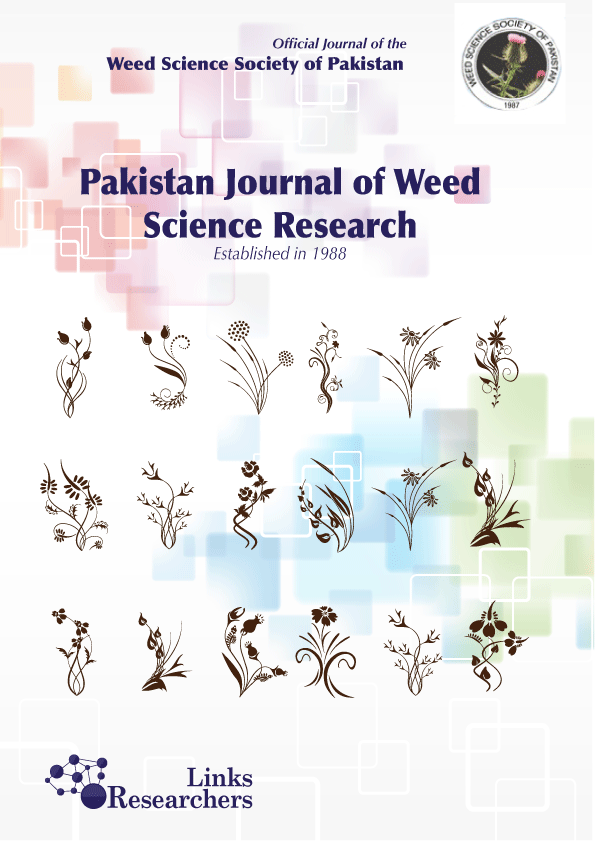3000 Years Late Holocene Vegetation History and Dynamics of Gymnosperms and Herbs in the Hindu Kush Mountains of District Swat in Northern Pakistan
3000 Years Late Holocene Vegetation History and Dynamics of Gymnosperms and Herbs in the Hindu Kush Mountains of District Swat in Northern Pakistan
Abdur Rauf1, Farooq Jan1*, Muhammad Yasin2, Muhammad Qayash3, Muhammad Luqman1, Kashif Hayat4, Fayaz Asad5, Ikramullah Khan1 and Muhammad Khalid6
ABSTRACT
This Palaeoecological research project was carried out in the Kabal Valley of Swat District in Northern Pakistan, located in the Hindu Kush Phytogeographic region. Using a hand-operated Russian corer, a 150 cm long terrestrial soil core was taken and radiocarbon-dated. Application of Faegri and Iverson´s 1989 protocol on 38 soil samples (0.5 cm3 each), followed by microscopic counting of preserved pollen on the slides revealed that Conifers like Pinus, Picea and Taxus remained temporally dominant species on these mountains, starting from present time (2022) going back till 500 calibrated years before present (cal.yrs.BP). A drastic decrease in the abundance of Conifers coupled with the simultaneous spread of different herb species, belonging to Poaceae, Cyperaceae, and Amaranthaceae families, was found from 500 back till 900 cal. yrs. BP. Further back in the late Holocene period from 900 to 2000 cal. yrs. BP, herbs belonging to Poaceae, Cyperaceae, and Amaranthaceae dominated these mountains with a little cover of Conifers represented by Taxus and Picea. Both Conifers and herbs remained frequent during the past from 2000 to 3000 to cal. yrs. BP. Finally, isolation of the different climate indicator species revealed that Pinus (among Conifers) and Poaceae species (among herbs) remained abundant during the past 3300 years, in the temporally fluctuating communities growing on these remote Hindu Kush mountains of South Asia.
To share on other social networks, click on any share button. What are these?




